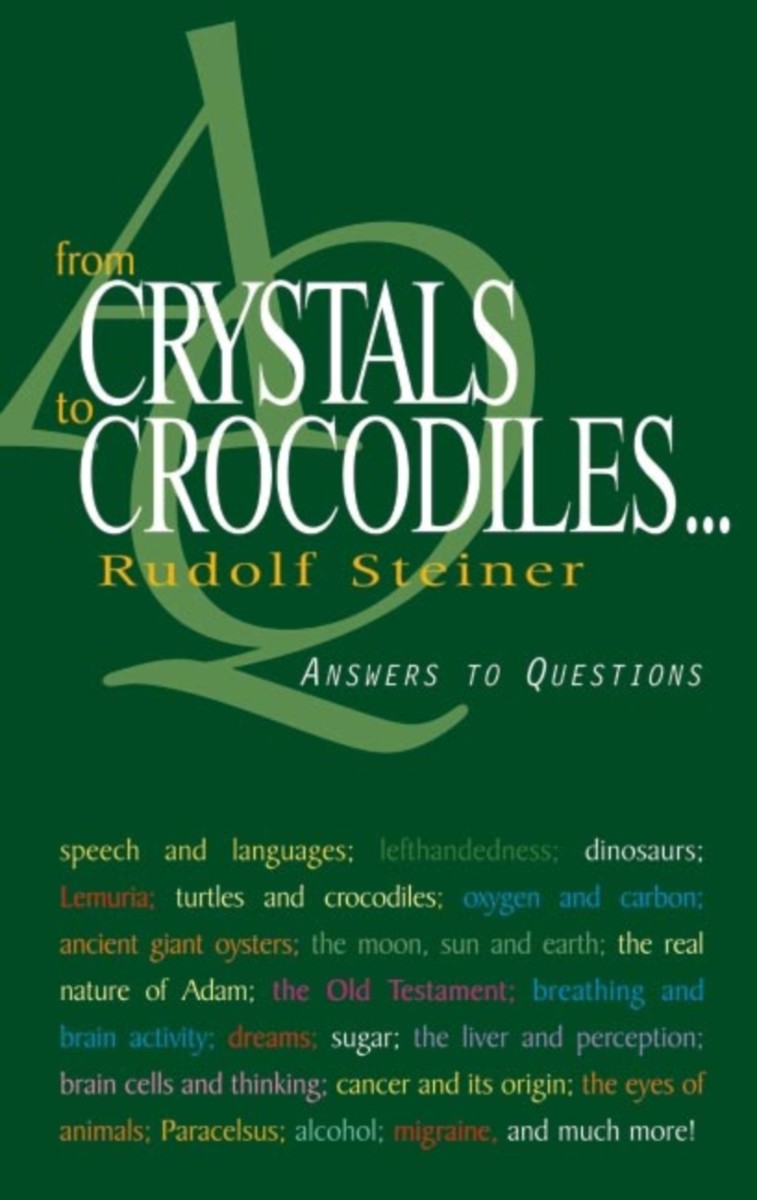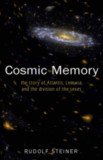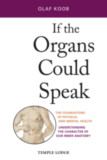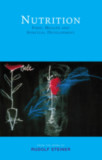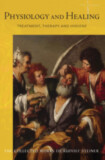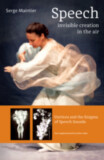Foreword by Sevak Gulbekian
Translated by Joachim Reuter
Revised by Sabine Seiler and Matthew Barton
- Publisher
Rudolf Steiner Press - Published
1st February 2004 - ISBN 9781855841079
- Language English
- Pages 192 pp.
10 lectures, Dornach, August 2 – September 30, 1922 (CW 347)
The remarkable discussions in these two volumes took place between Rudolf Steiner and workers at the Goetheanum, Switzerland, who chose the varied subject matter. The astonishing nature of his responses the questions—their insight, knowledge, and spiritual depth—is testimony to his outstanding ability as a spiritual initiate and teacher.Accessible and stimulating, the records of these sessions are both entertaining and profound. In this volume, Steiner discusses:
- speech and languages;
- lefthandedness;
- dinosaurs;
- Lemuria;
- turtles and crocodiles;
- oxygen and carbon;
- ancient giant oysters;
- the moon, sun, and earth;
- the Old Testament;
- the real nature of Adam;
- breathing and brain activity;
- dreams; sugar;
- the liver and perception;
- brain cells and thinking;
- illnesses such as cancer and its origin, migraines, and diabetes;
- the eyes of animals;
- Paracelsus;
- alcohol,
- and more.
This book is a translation of Die Erkenntnis des Menschenwesens nach Leib, Seele und Geist. Über frühe Erdzustände (GA 347).
C O N T E N T S:
1. Discussion of August 2, 1922: “On the origin of speech and languages”: Broca’s discovery; language learning in children; imitation; left-handedness and the pedagogical response to it; relationship of languages in various regions of the earth to the cosmos
2. Discussion of August 5, 1922: “On the human etheric body: Relationship between brain and thinking”: Nutrition—destruction and revitalization of food; consciousness and its connection with the ratio of white blood cells and red ones; thinking activity during sleep; the breathing process and its connection to brain activity; perception of dreams
3. Discussion of August 9, 1922: “The human being in relation to world formation and dissolution”: Origin of thoughts; formation of crystals; sugar and dissolving of sugar
4. Discussion of September 9, 1922: “The human being as body, soul, and spirit: Brain and thinking”: Life in brain cells and in white blood corpuscles; dying away of life in brain cells as precondition for thinking; continuous replacement of matter and tissue in the human organism; cancer and its origin; over taxing the memory in childhood and its relation to illness in later life
5. Discussion of September 13, 1922: “The perception and thinking carried out by our inner organs”: Hardening of the brain; diabetes; special character of the liver; the liver as our inner eye; the eyes of animals as thinking organs; the Roman Janus heads
6. Discussion of September 16, 1922: “The processes of digestion in physical as well as soul-spiritual terms”: Transformation of substances; on Paracelsus; alcohol; the causes of migraine; the major difference between human beings and animals; salts and phosphorus as the most important substances in the human brain; salts and their connection to thinking; phosphorus and its relation to willing
7. Discussion of September 20, 1922: “On early Earth conditions (Lemuria)”: Dragon birds, ichthyosaurs, and plesiosaurs; birds, herbivorous animals, and megatheria; the Earth—a dead gigantic animal
8. Discussion of September 23, 1922: “On early Earth conditions”: Turtles and crocodiles; healing instincts of animals; oxygen and carbon and their relation to plants and forests; the huge oysters living in the muddy earth soup; the Moon—imagination and reproductive forces; the Moon inside the Earth and its expulsion; preservation of Moon substance in the reproductive force of animals and human beings
9. Discussion of September 27, 1922: “The earliest times on Earth”: The Earth before the expulsion of the Moon; the Sun as fertilizing force; storing the Sun forces inside the Earth and the reproductive forces of earth creatures; the influence of the Sun on the reproduction of plants and animals; the influence of the Moon on weather; Earth, Sun, and Moon as unified entity; the Earth as a living being
10. Discussion of September 30, 1922: “Adam Kadmon in Lemuria”: The Earth once was like a huge human head; the Earth received nourishment from the cosmos in the past and from the Sun now; the head of the human embryo as picture of the Earth; the human being was at one time the whole Earth; why people are so small; we are all descended from one ancestor; misinterpretations of the Old Testament
Rudolf Steiner
Rudolf Steiner (b. Rudolf Joseph Lorenz Steiner, 1861–1925) was born in the small village of Kraljevec, Austro-Hungarian Empire (now in Croatia), where he grew up. As a young man, he lived in Weimar and Berlin, where he became a well-published scientific, literary, and philosophical scholar, known especially for his work with Goethe’s scientific writings. Steiner termed his spiritual philosophy anthroposophy, meaning “wisdom of the human being.” As an exceptionally developed seer, he based his work on direct knowledge and perception of spiritual dimensions. He initiated a modern, universal “spiritual science” that is accessible to anyone willing to exercise clear and unbiased thinking. From his spiritual investigations, Steiner provided suggestions for the renewal of numerous activities, including education (general and for special needs), agriculture, medicine, economics, architecture, science, philosophy, Christianity, and the arts. There are currently thousands of schools, clinics, farms, and initiatives in other fields that involve practical work based on the principles Steiner developed. His many published works feature his research into the spiritual nature of human beings, the evolution of the world and humanity, and methods for personal development. He wrote some thirty books and delivered more than six thousand lectures throughout much of Europe. In 1924, Steiner founded the General Anthroposophical Society, which today has branches around the world.


